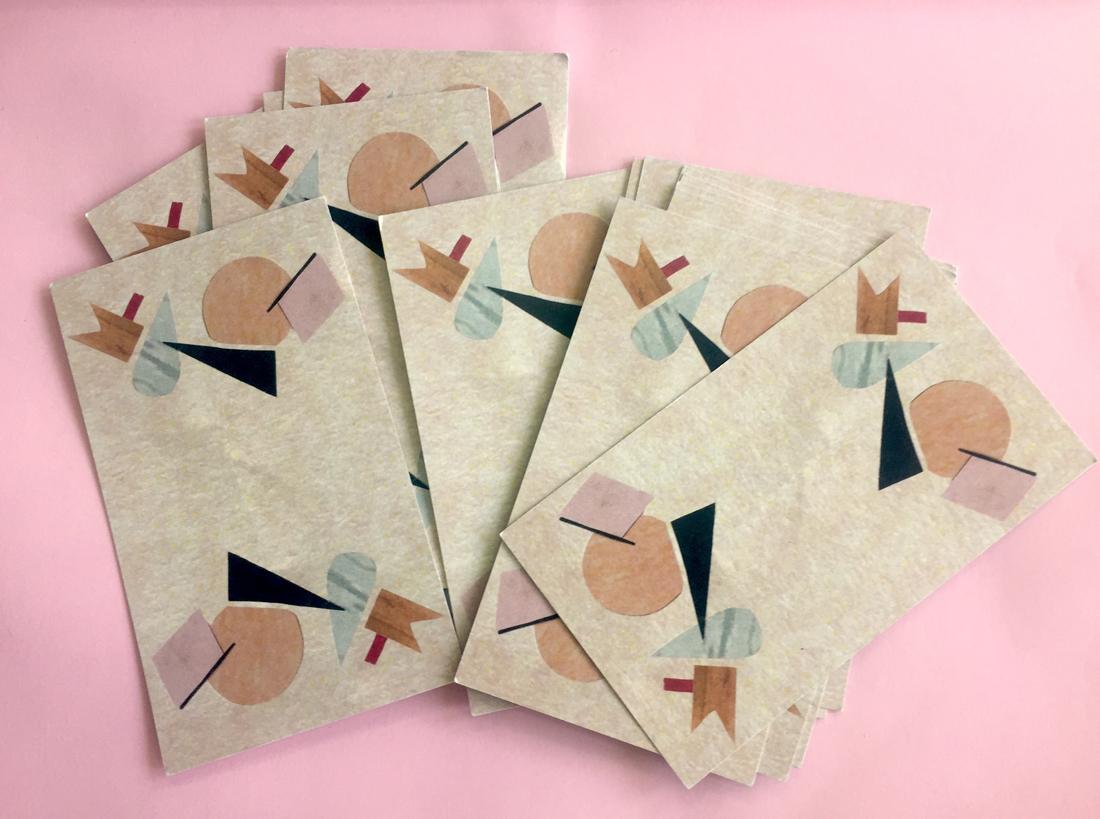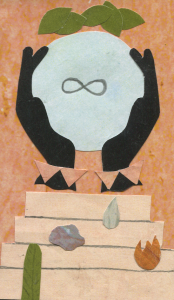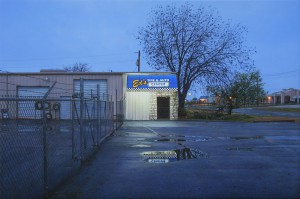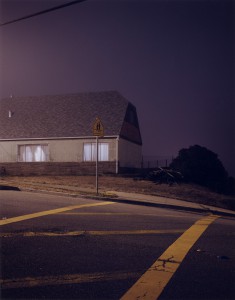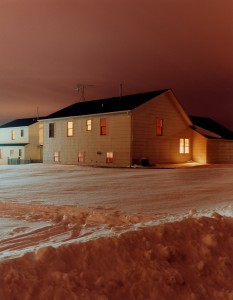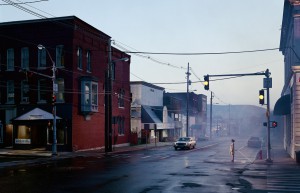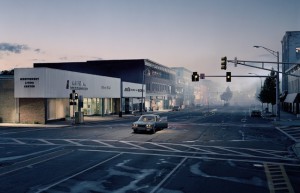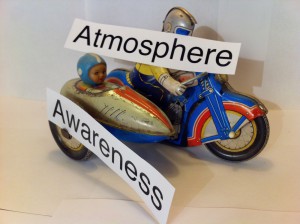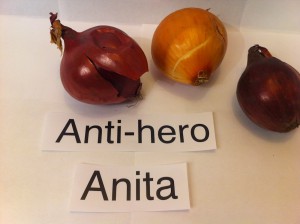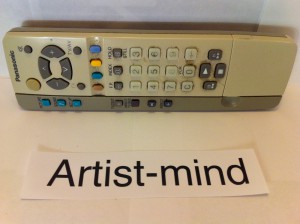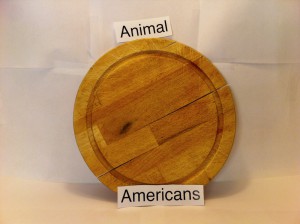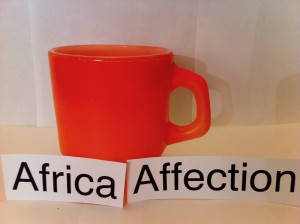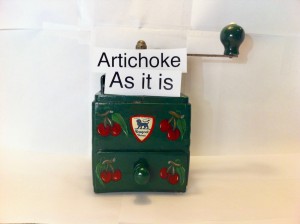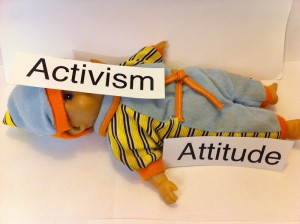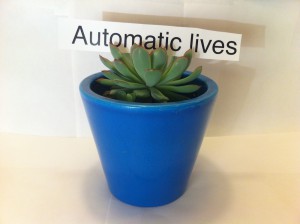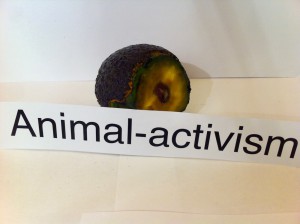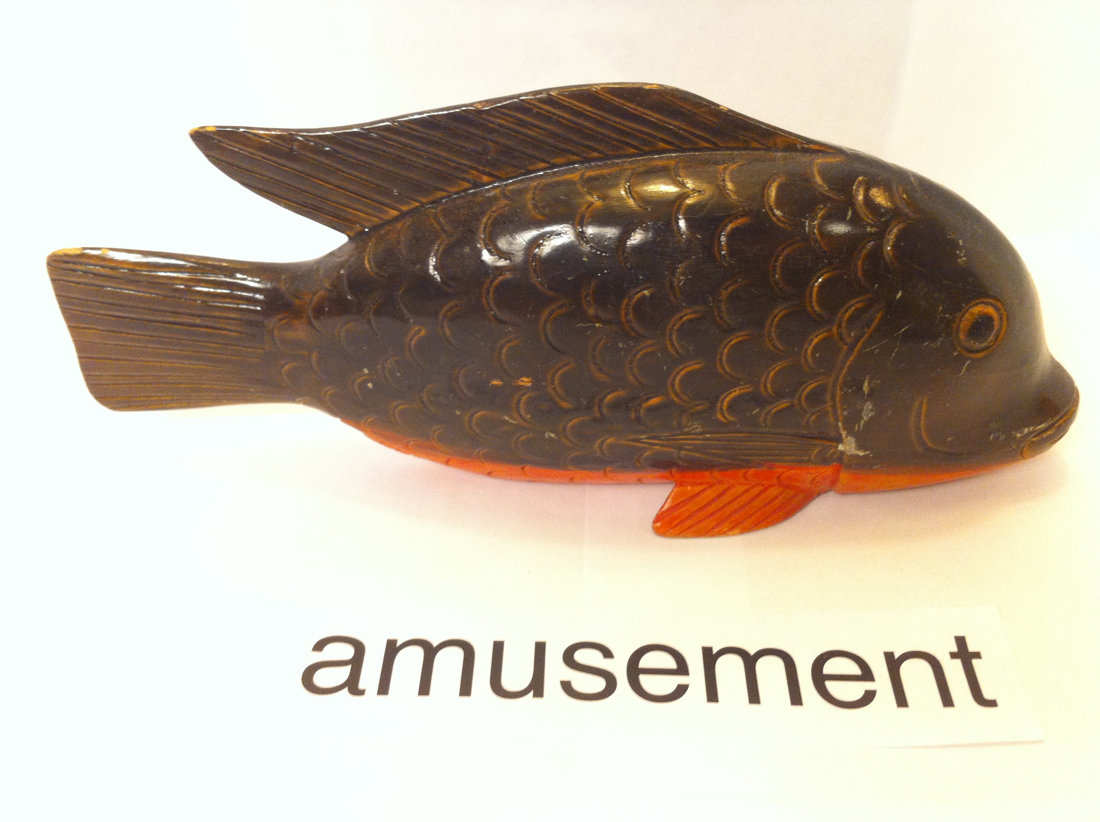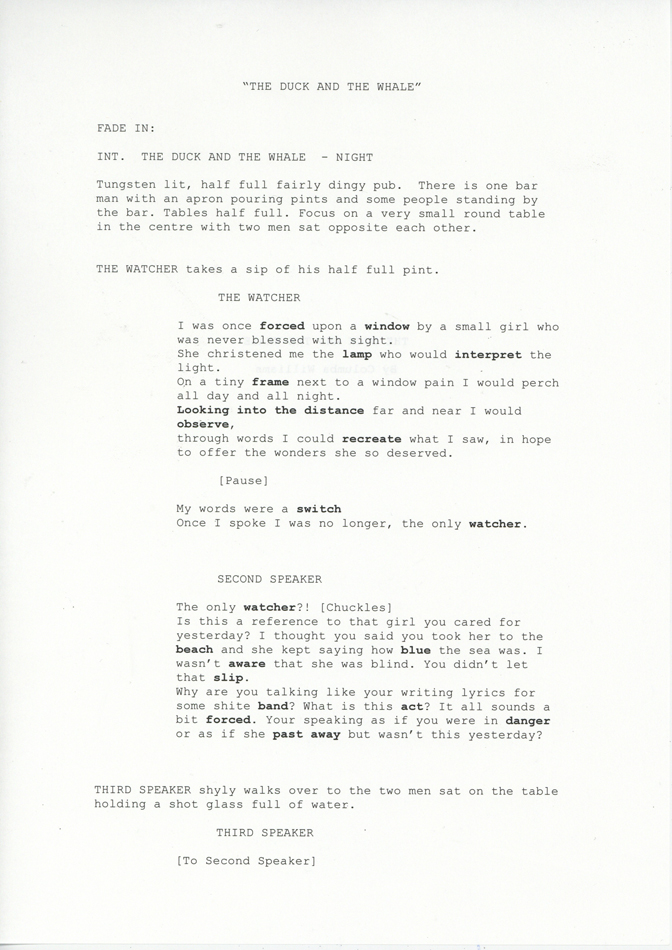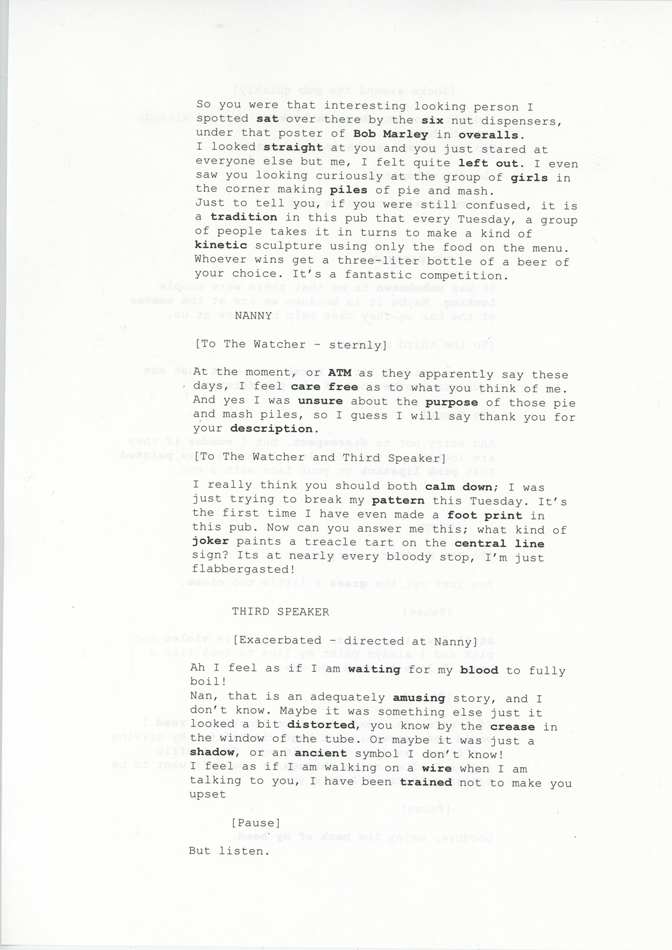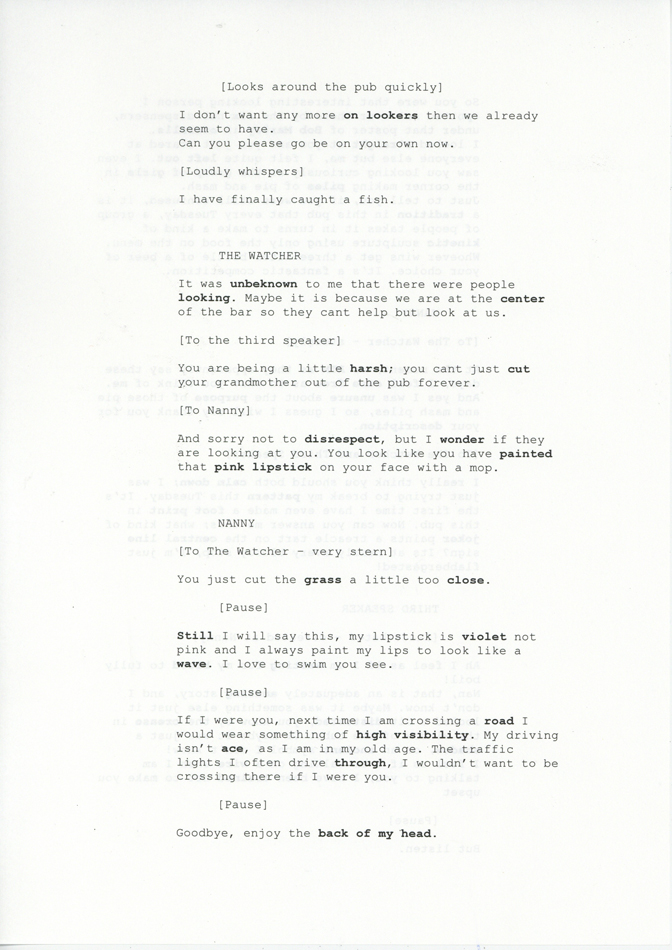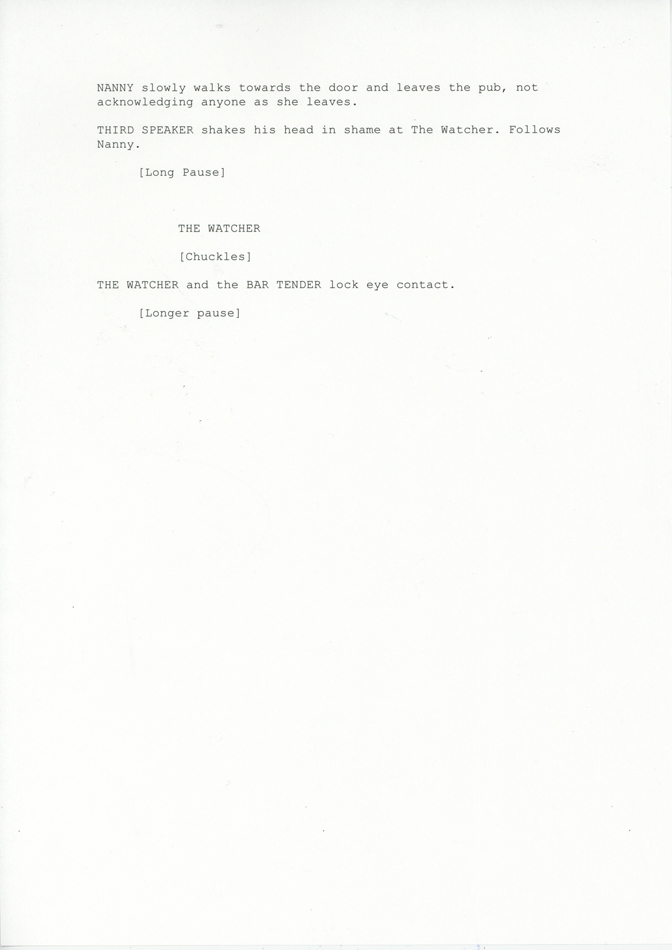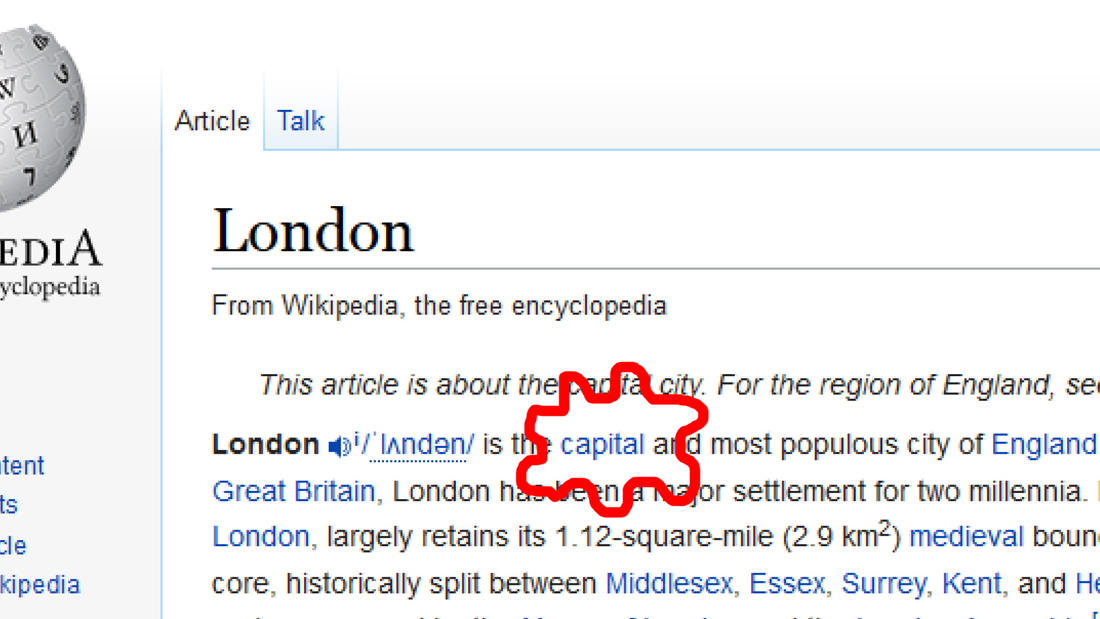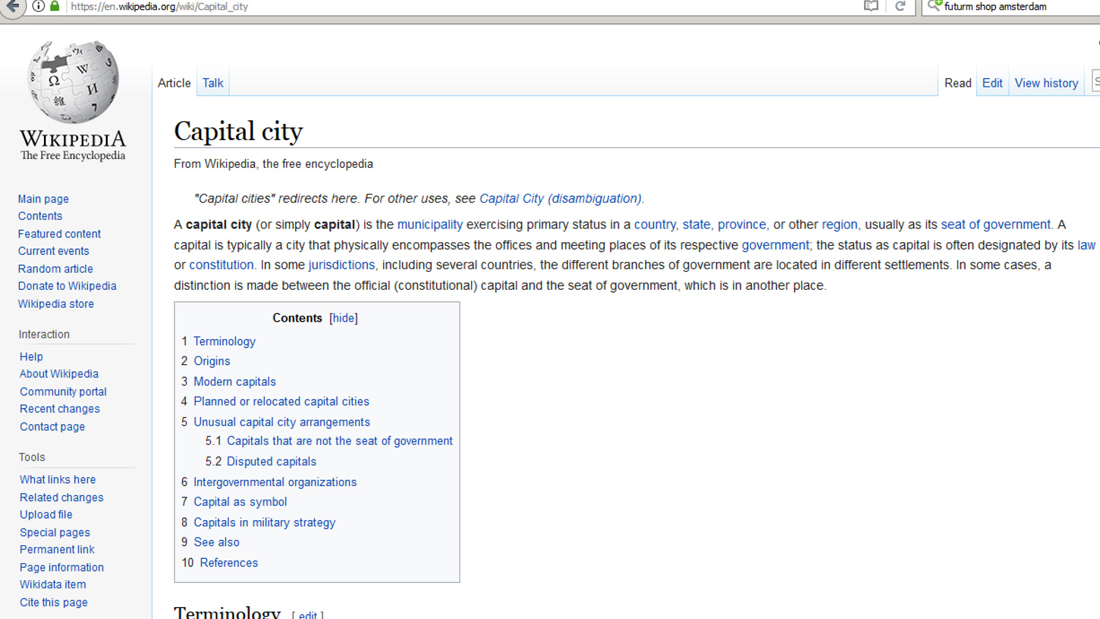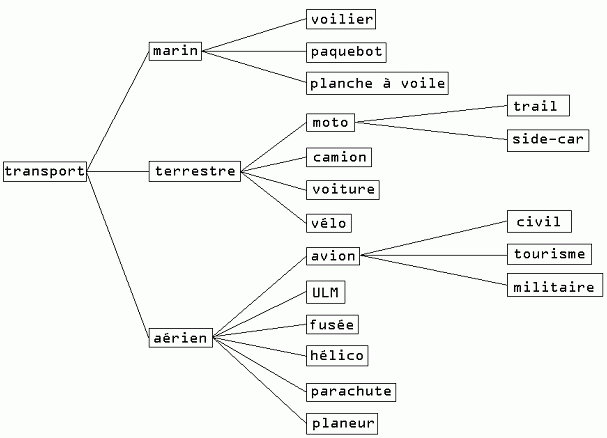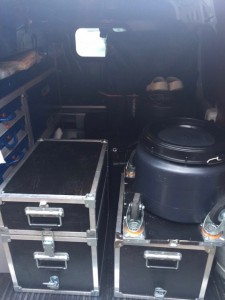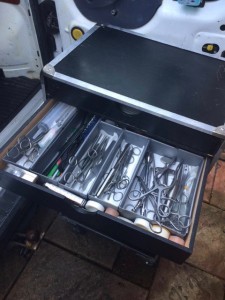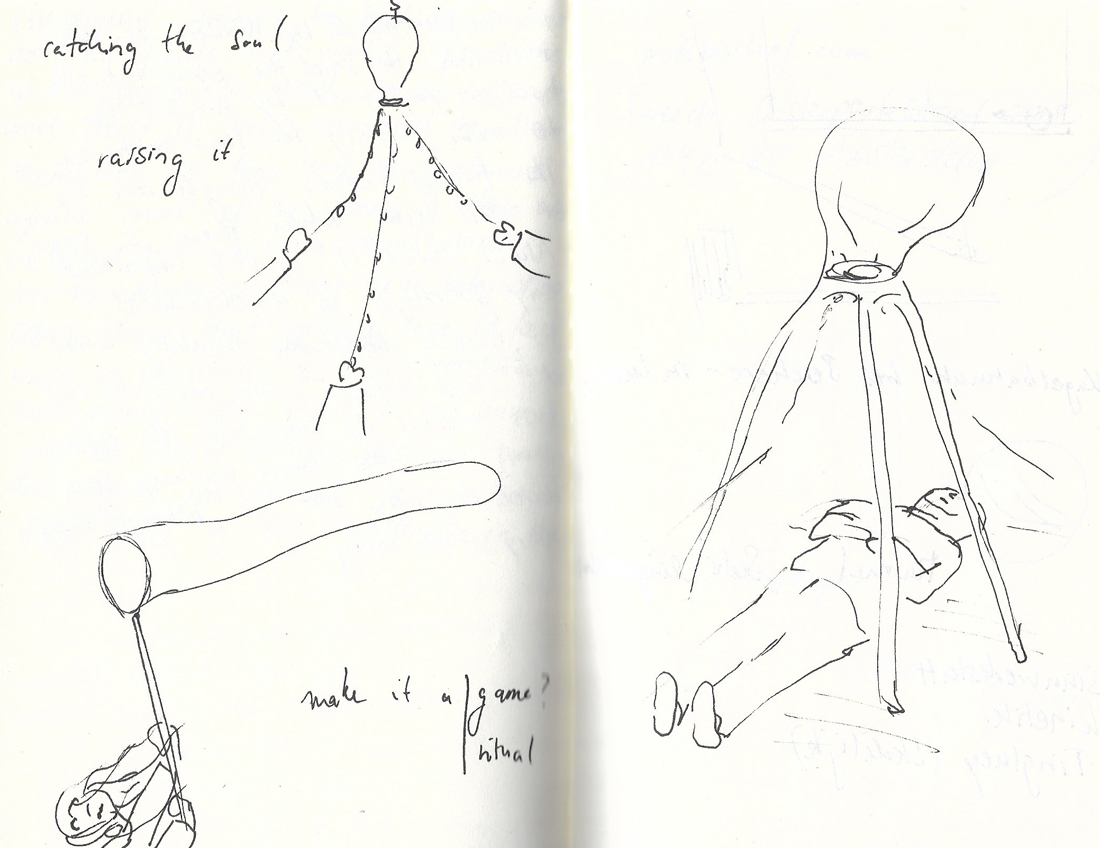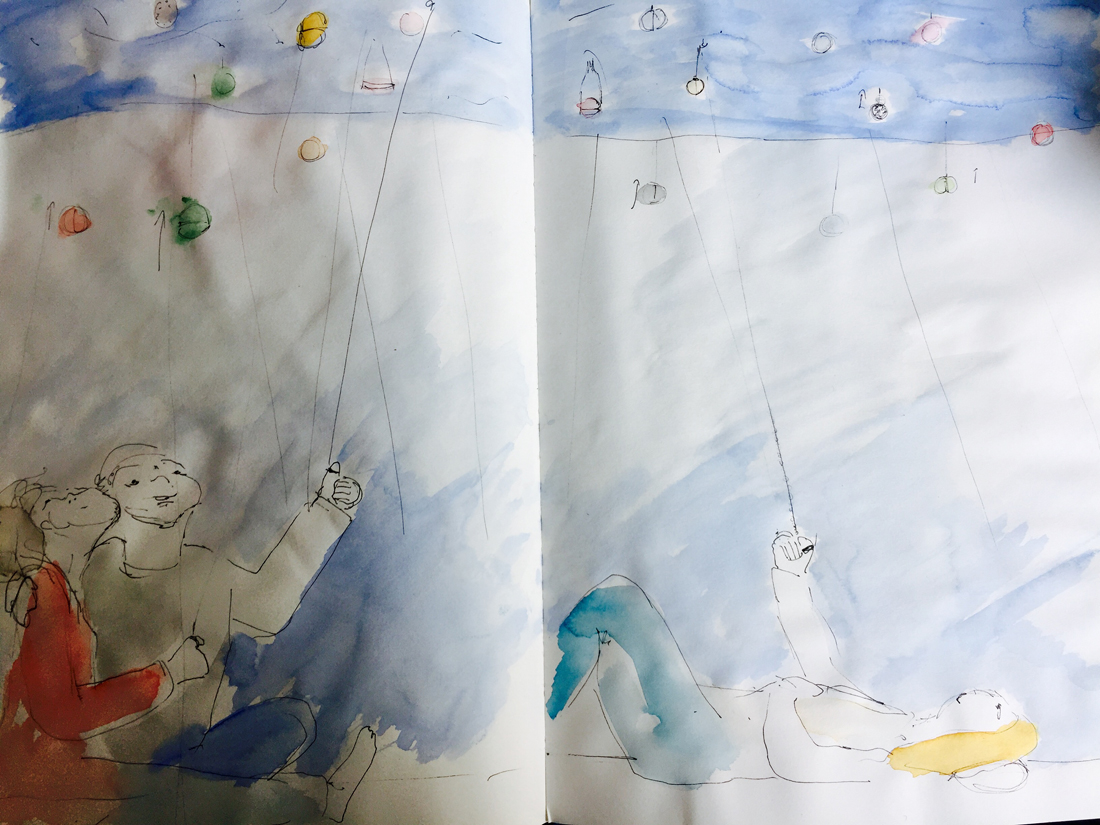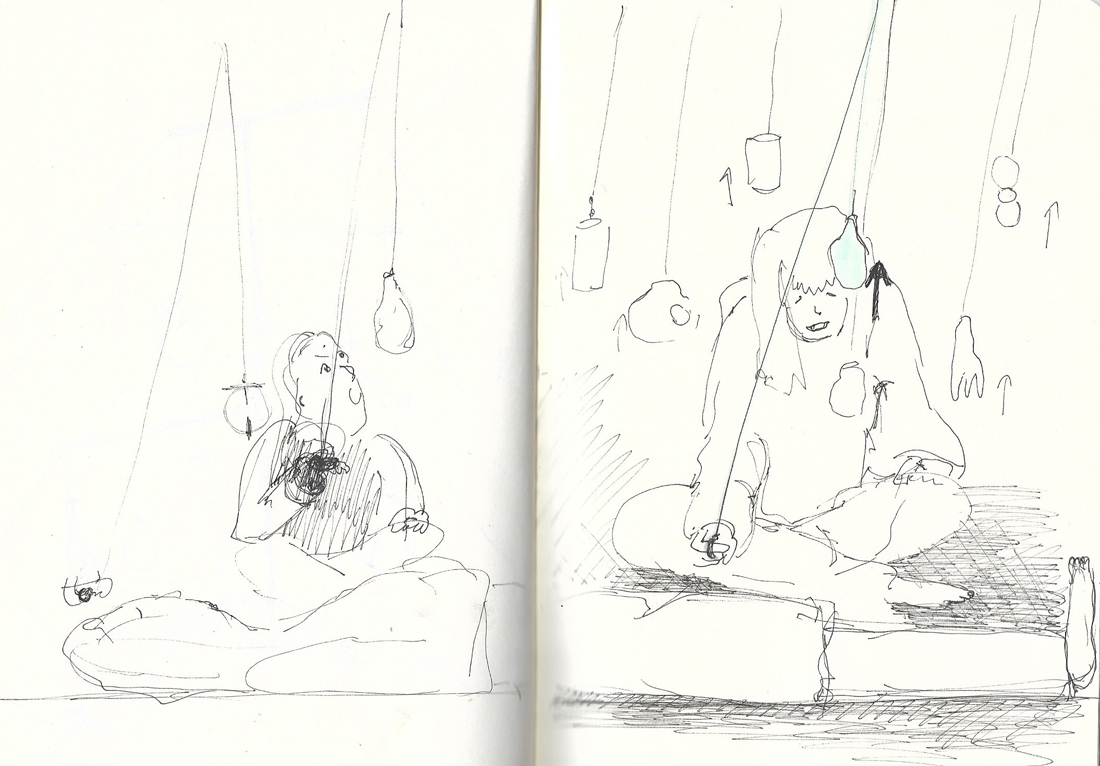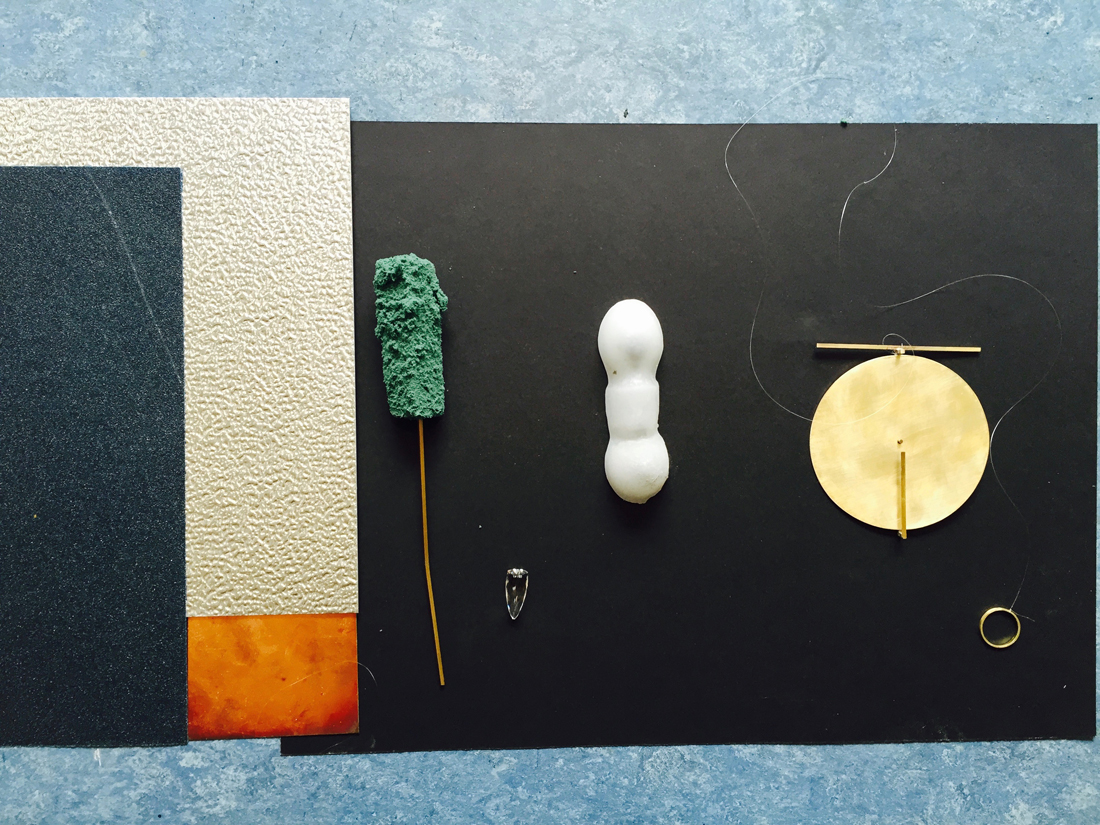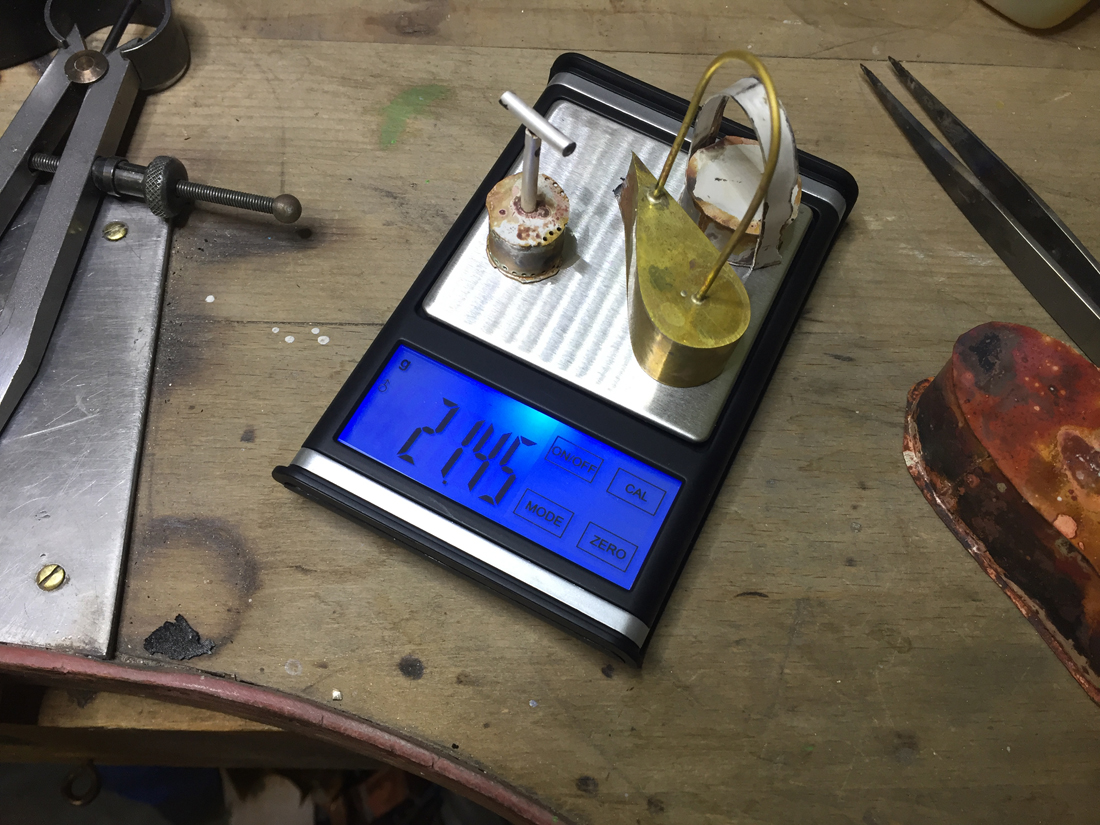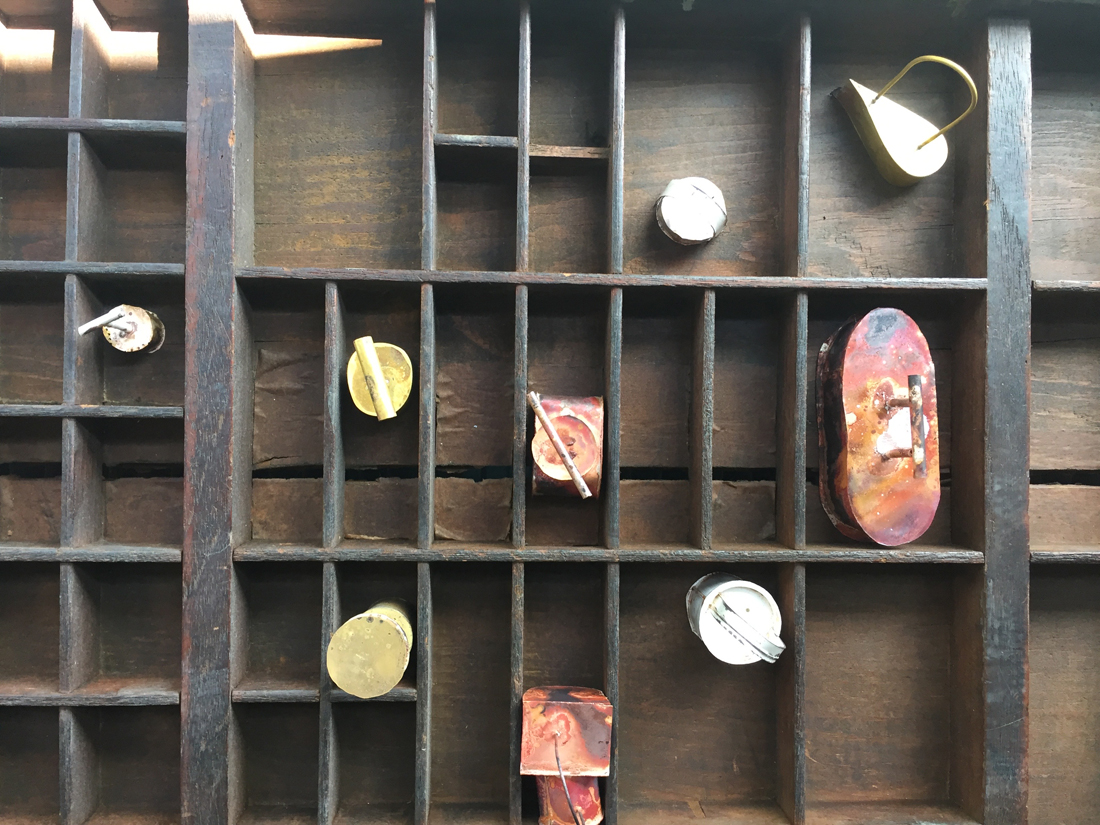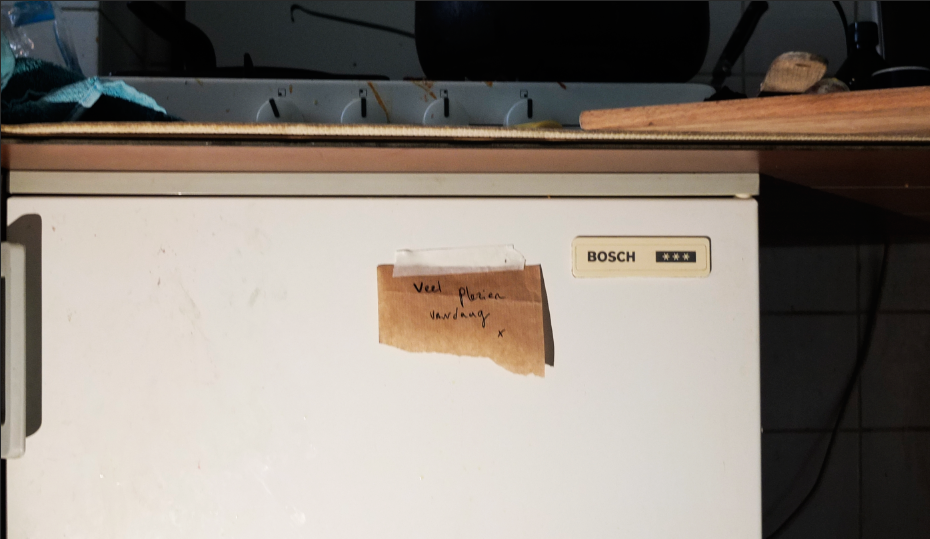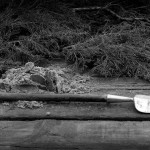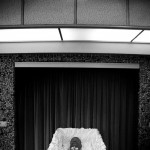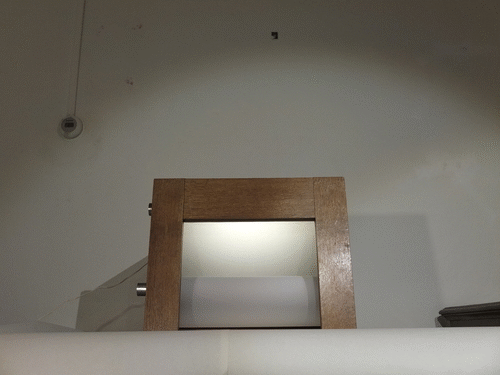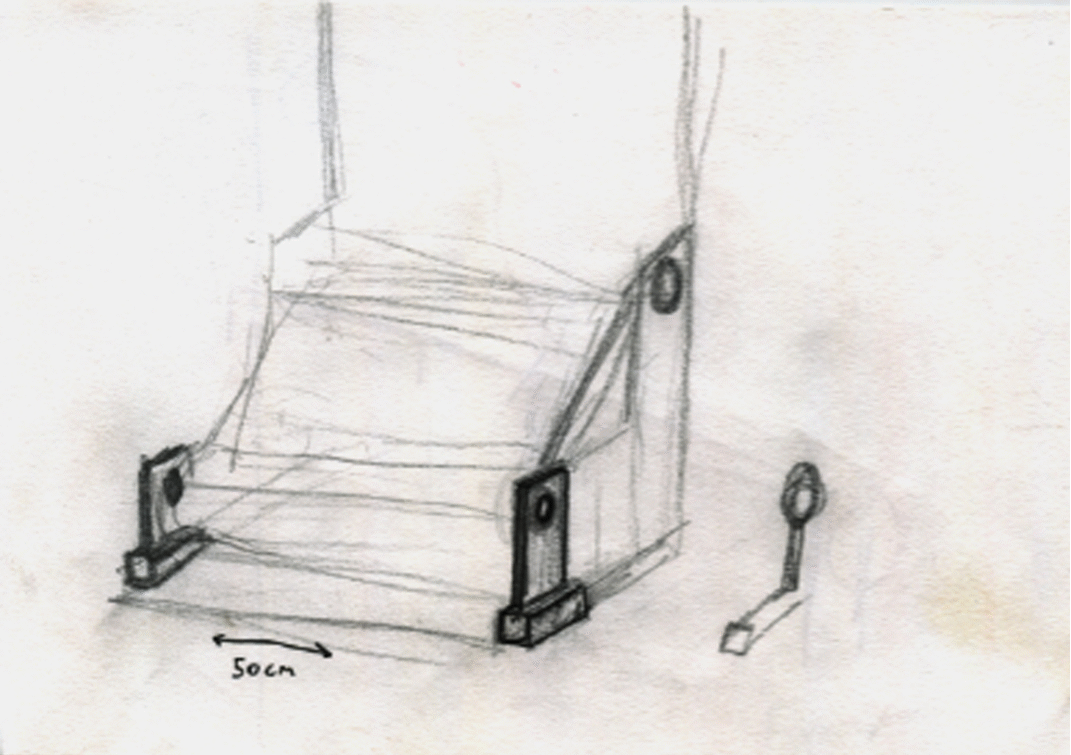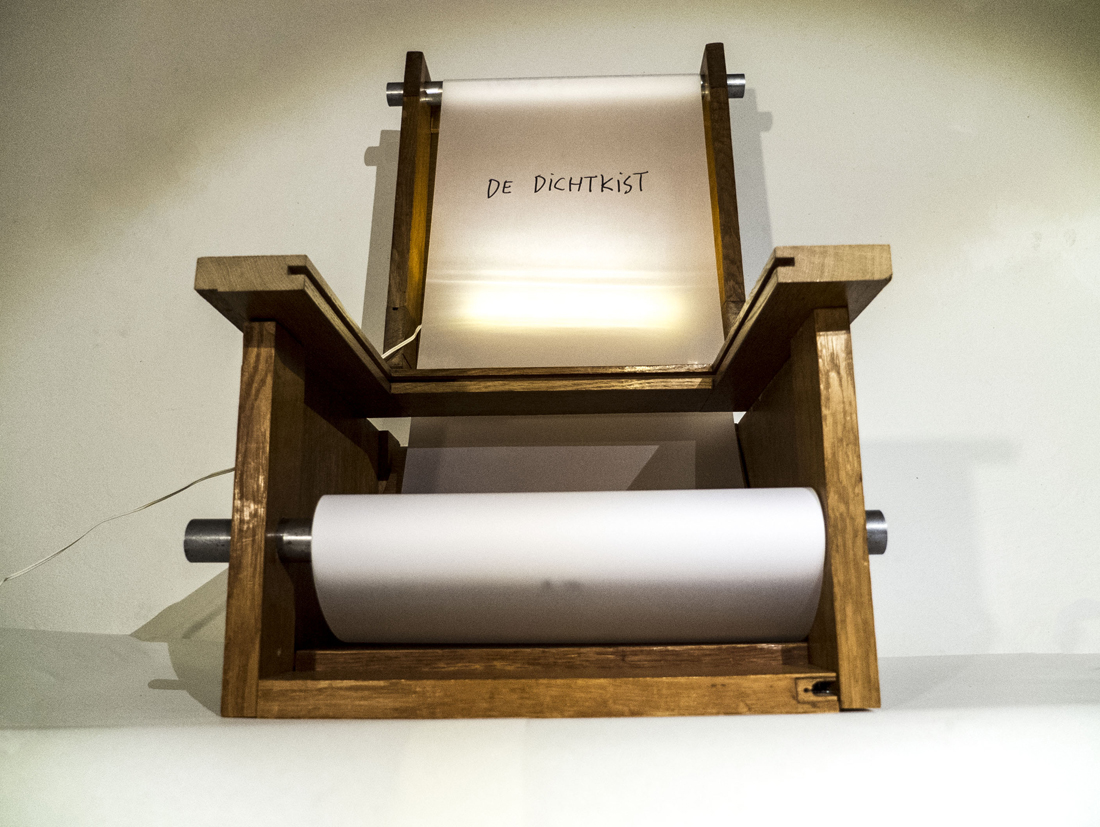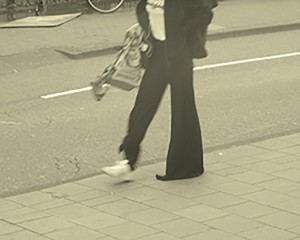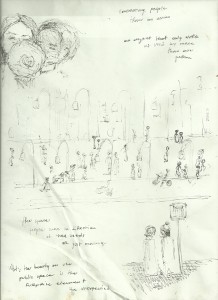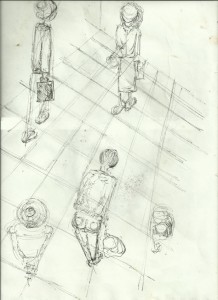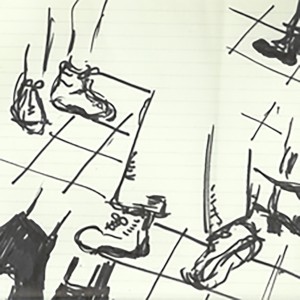The online realm is one that is primarily and increasingly algorithm-based. With the growing use of the internet, the integration of our physical bodies with our technical devices, our access to the internet, algorithm is starting to take over our intuition. The more we use the internet the more we depend on algorithm and the less our intuition is trained. Sometimes I reach-out to my intuition in cases where algorithm could have brought a better answer, sometimes I reach out to algorithm in a case were intuition is much more fitting.
Today, I am going to bring intuition into a virtual space in which algorithm is the standard. I am going to do a simple PPF – past, present, future- tarot reading to predict the state of the Design blog over three periods of time. After I apply my own intuitive knowledge of the reading to the post I link the relative tag words to the post to create a calculated and contained interpretation, more algorithmic, perhaps more indicative and fitting.
The first card I pulled in the past position is the EMPEROR.
The Emperor implies a controlling and organizing expression. He follows the Empress who is pure creative energy, flowing and care free. He also embodies that creative energy but does so by managing it in a way which provides structure. Where the Empress is totally engulfed in a mess of energy, the Emperor- like the tag words- are direct and organized. I always compare the Empress to Art and the Emperor to Design. Pulling the Emperor in the Past position here, implies the Design Blog’s beginnings were introduced by someone with intensions to or with a need to establish a system in order to share creative energies.
The second card I pulled for present position is the SUN.
The Sun is about being bright and fresh. It implies a time when vague ideas become clear. For present of Design Blog, I would say this is implying a time when its intentions are clear. The connections and intentions set up by the Emperor are now thriving and totally obvious. It implies that maybe there was a time in the past when its state was in a jumble, but that time is over and the Design Blog is in its prime.
The third card I pulled for the future position is the WORLD.
The World card is the last card in the tarot’s Major Arcadia. It signifies an ending, a completion. Pulling The World in the future position is a very positive sign, as it implies that the Design Blog will continue to flourish in the Sun until it is totally complete and whole, and not a second before then. The design blog will never simply die out, like would be indicative by the Death or Tower card, but it will continue strong until it is time to evolve into something more advanced. A possible future outcome could be that the Design Blog evolves into something more fitting with future technologies.
